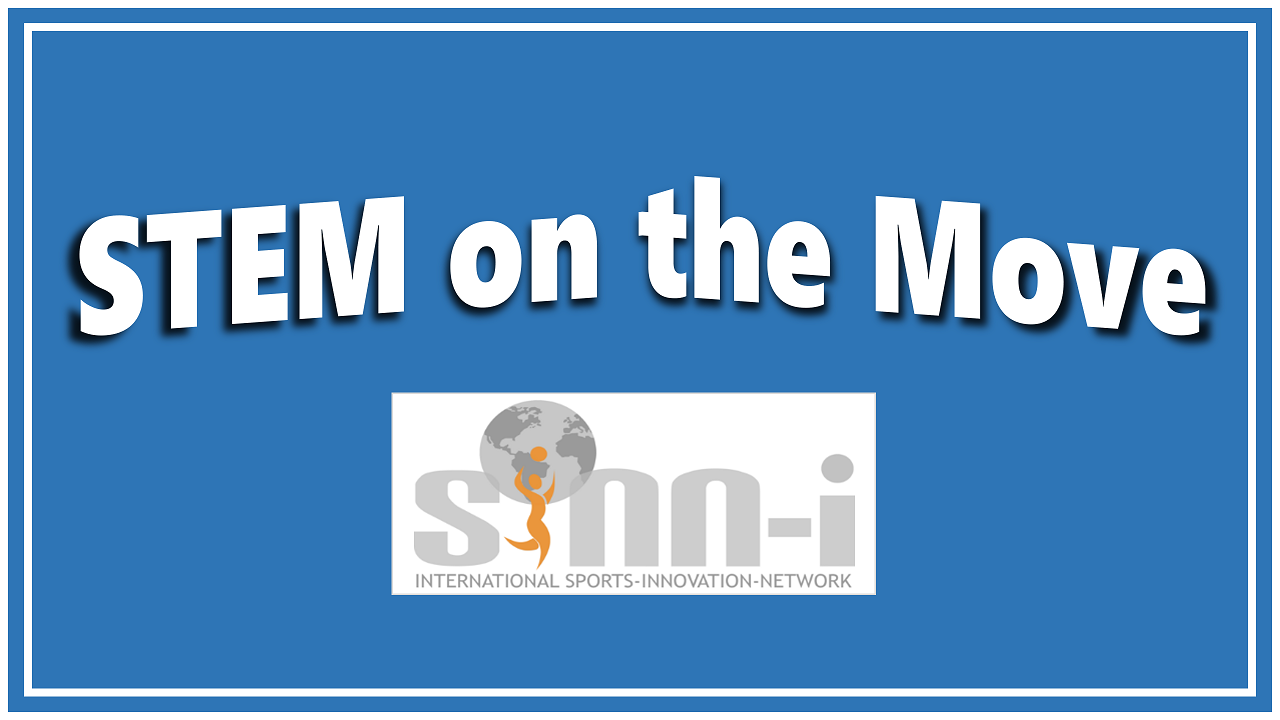Summary: The students (recommended age 10 – 14 yr) enhance their throwing distance (by improving the throwing angle and the throwing speed) and learn/practice the interpretation of time-velocity diagrams.
General Note: The lesson structure combines sports and STEM (physics focus) by alternating between the two subjects. There are 4 lessons à 90 minutes.
Topics overview
Lesson 1: This lesson focuses on getting to know various ball versions and experimenting with throwing them. The students record their techniques and compare them. Another key point is finding an optimal throwing angle.
Lesson 2: The students learn/train a few keywords (velocity, distance, force, …) to better describe the (physical) aspects of the flying curve. Furthermore, the students train in the use of diagrams (time-velocity). Easy examples of using the throwing device get distributed to learn the connection between movement and data. The students also perform some easy tasks with the device to see the results of their movement.
Lesson 3: This is a practical lesson about improving the chosen throwing technique, especially focusing on better throwing velocity. The students work in tandem groups to record and train the exercise regularly and use the sensory data to judge their improvements.
Lesson 4: The students interpret the graphs of time-velocity diagrams. Partially this happens in other contexts. But the primary focus lies on the students performing various (self-chosen) actions with the throwing devices. Other group members then have to perform matching actions only by looking at the graphs (interpreting the data and experimenting playfully).
To complement this, here are some graphics of how the t-v diagrams might look for different movements:
Throwing movements including diagrams
(((Deutsche Version)))

